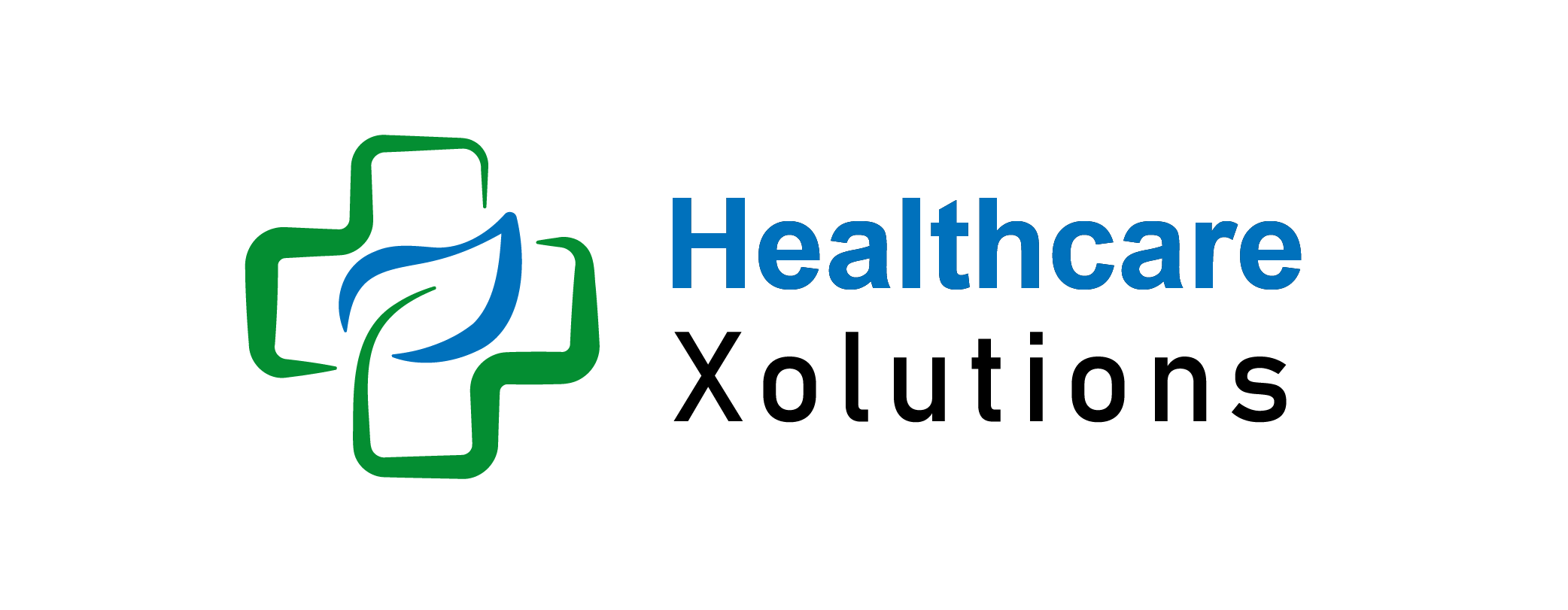How To Choose Health Insurance Plan During Open Enrollment?

Open enrollment is the critical time to evaluate and select a health insurance plan tailored to your needs. With healthcare costs averaging $12,530 per person annually in the U.S., making an informed decision is essential for financial security and access to quality care. This guide simplifies the process, ensuring you choose the best plan for your health and budget.
Key Takeaways:
- Know the Deadlines: Open enrollment periods vary by employer, ACA marketplace, and Medicare.
- Assess Healthcare Needs: Understand your medical history, ongoing treatments, and family coverage requirements.
- Balance Costs and Benefits: Compare premiums, deductibles, and out-of-pocket expenses.
- Check Networks and Drug Coverage: Ensure your doctors, hospitals, and prescriptions are included.
- Seek Expert Guidance: Licensed professionals can help you make informed decisions.
Table of Contents
What Is a Health Insurance Plan?
A health insurance plan provides financial coverage for medical expenses, offering:
- Medical Expense Coverage: Hospital stays, doctor visits, medications, and surgeries.
- Financial Protection: Reduces out-of-pocket costs for unexpected illnesses or injuries.
- Preventive Care: Vaccinations, screenings, and routine checkups.
Key components include:
- Premiums: Monthly/annual payments to keep the policy active.
- Deductibles: The amount you pay before insurance coverage begins.
- Copayments: Fixed fees for specific services (e.g., $20 per doctor visit).
- Provider Networks: Lists of covered hospitals or doctors offering cashless services.
How To Choose Health Insurance Plan During Open Enrollment 2025?
1. Understand Open Enrollment:
Open enrollment is the designated period to enroll in or update your health insurance plan. Missing this period means waiting a year unless you qualify for special enrollment (e.g., due to marriage, childbirth, or job changes).
Deadlines:
- Employer-Sponsored Insurance: Check with your HR department.
- ACA Marketplace: Typically runs from November 1 to mid-January.
- Medicare: October 15 to December 7.
2. Assess Your Healthcare Needs:
Evaluate your medical needs and those of your family:
- Chronic Conditions: Require regular care or medications?
- Planned Treatments: Anticipating surgeries or procedures?
- Family Coverage: Ensure dependents’ needs are accounted for.
3. Compare Plan Types:
Understanding plan types helps match your needs:
- HMO (Health Maintenance Organization): Low premiums, in-network care only, referrals required.
- PPO (Preferred Provider Organization): Higher premiums, out-of-network care allowed.
- EPO (Exclusive Provider Organization): No referrals, in-network care required.
- HDHP (High Deductible Health Plan): Lower premiums, higher out-of-pocket costs; compatible with HSAs.
4. Balance Premiums and Out-of-Pocket Costs:
Don’t focus solely on premiums. Consider:
- Deductibles: High deductibles mean higher upfront costs.
- Copayments and Coinsurance: Per-visit fees or percentage costs after deductibles.
- Out-of-Pocket Maximums: The most you’ll pay annually for covered services.
5. Check Provider Networks:
Verify your preferred doctors, specialists, and hospitals are in-network. Out-of-network care often results in higher costs or no coverage.
6. Evaluate Prescription Drug Coverage:
Review the formulary to ensure your medications are covered. Pay attention to:
- Drug Tiers: Generic drugs are cheaper than brand-name drugs.
- Restrictions: Prior authorizations or quantity limits.
7. Look For Additional Benefits:
Many plans offer added perks:
- Telehealth Services: Virtual doctor consultations.
- Mental Health Support: Therapy and counseling coverage.
- Dental and Vision: May be included or offered as add-ons.
8. Use Online Comparison Tools:
Leverage marketplace tools or employer portals to compare plans side by side based on:
- Costs (premiums, deductibles, out-of-pocket limits).
- Coverage (network, prescription drugs).
- Benefits (additional perks like telehealth).
9. Prepare For Life Changes:
Anticipate changes like:
- Having a child.
- Changing jobs.
- Relocating to a different state.
These factors can influence your healthcare needs and coverage.
10. Seek Expert Advice:
Licensed insurance agents or benefits counselors can help you navigate plan options and find the best fit for your circumstances.
Conclusion – How To Choose Health Insurance Plan During Open Enrollment:
Choosing the right health insurance plan during open enrollment is vital for your financial and physical well-being. By understanding your needs, comparing plan options, and evaluating costs and coverage, you can confidently select a plan that provides comprehensive care and peace of mind. Take time to research, compare, and seek professional advice to ensure you’re prepared for the year ahead.
FAQs:
What happens if I miss the open enrollment period?
You’ll need to wait until the next open enrollment unless you experience a qualifying life event, such as marriage or job loss.
What’s the difference between HMO and PPO plans?
HMOs have lower premiums and require in-network care. PPOs allow out-of-network care but have higher premiums.
How can I estimate my healthcare costs?
Review your medical history, anticipated treatments, and prescriptions. Use online tools to compare plans and costs.
Can I change my health insurance plan outside of open enrollment?
Only if you experience a qualifying life event, such as childbirth or marriage.
